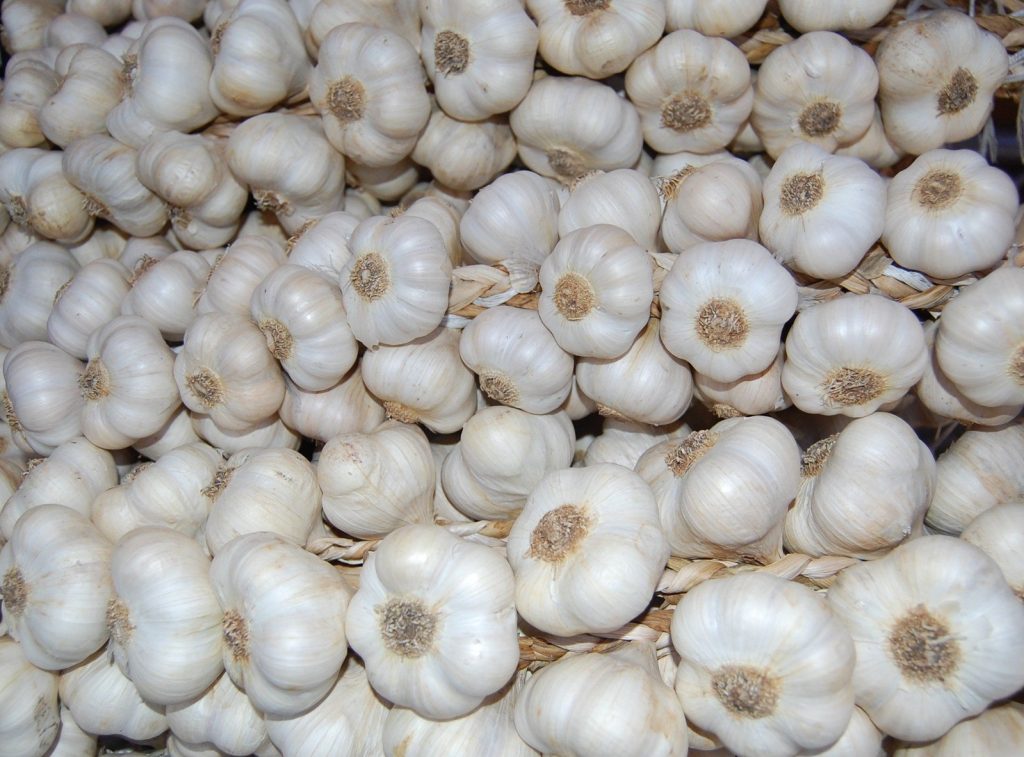Cooking with spices is a great way to add flavor and depth to your dishes. There are literally thousands of different spices to choose from, each with its own unique flavor profile. Here are a few common cooking spices that can add flavor to your dishes:
Allspice: Allspice has a warm, sweet, and slightly pungent flavor, and is often used in dishes such as curries and jerk seasoning.
Basil: Basil has a sweet, anise-like flavor and is commonly used in Italian and Thai cooking.
Cumin: Cumin has a warm, earthy flavor and is commonly used in Mexican and Indian cuisine.
Garlic: Garlic has a pungent, slightly sweet flavor and is used in a wide variety of dishes around the world.
Ginger: Ginger has a warm, spicy flavor and is commonly used in Asian and Indian cooking.
Oregano: Oregano has a pungent, slightly bitter flavor and is commonly used in Italian and Greek cooking.
Paprika: Paprika is made from ground red peppers and has a sweet, mild flavor. It is commonly used in Spanish, Hungarian, and Moroccan cuisine.
Rosemary: Rosemary has a woodsy, pine-like flavor and is commonly used in Mediterranean cooking.
Thyme: Thyme has a subtle, slightly sweet and minty flavor and is commonly used in French and Mediterranean cooking.
Here are some of the more “exotic” spices that you can experiment with…
Cardamom: Cardamom has a sweet, floral aroma and is commonly used in Indian and Middle Eastern cooking.
Cloves: Cloves have a sweet, warm, and slightly bitter flavor and are commonly used in Indian, Chinese, and Indonesian cuisine.
Fenugreek: Fenugreek has a nutty, slightly bitter flavor and is commonly used in Indian and Middle Eastern cooking.
Fennel: Fennel has a sweet, licorice-like flavor and is commonly used in Indian and Italian cooking.
Sumac: Sumac has a tart, lemony flavor and is commonly used in Middle Eastern and Mediterranean cuisine.
Turmeric: Turmeric has a warm, slightly bitter flavor and is commonly used in Indian and Middle Eastern cooking. It is also known for its bright yellow color.
Za’atar: Za’atar is a blend of herbs, spices, and sesame seeds that is commonly used in Middle Eastern cooking. It has a savory, slightly lemony flavor.
Saffron: Saffron is a highly prized spice that has a pungent, slightly bitter flavor and is commonly used in Spanish, Indian, and Middle Eastern cooking. It is also known for its bright yellow color.
Happy Cooking!
For the curious ones, why is Saffron so expensive?
Saffron is a spice that is derived from the dried stigmas of the saffron crocus, a type of flowering plant native to the Middle East and Mediterranean region. Saffron is highly prized for its unique flavor and bright yellow color, and is considered one of the most expensive spices in the world. There are several reasons why saffron is so expensive.
One reason is that it is difficult to cultivate and harvest. Each flower produces only a small number of stigmas, and it takes around 50,000 flowers to produce just one pound of saffron. This makes it a rare and valuable commodity.
In addition to its rarity, the production of saffron is also labor-intensive. The stigmas must be carefully hand-picked from the flowers, which adds to the cost of production.
Saffron is also in high demand around the world, which helps to drive up the price. And because the supply of saffron is limited, the combination of high demand and limited supply makes it one of the most expensive spices in the world.
Saffron is primarily grown and harvested in Mediterranean countries, such as Spain, Greece, and Italy, as well as in some parts of Central Asia and Iran.
Despite its high price, many people consider saffron worth the cost due to its unique flavor and versatility in cooking. Whether used as a seasoning, dye, or medicinal herb, saffron has a long history of use in a variety of cultural traditions around the world.

